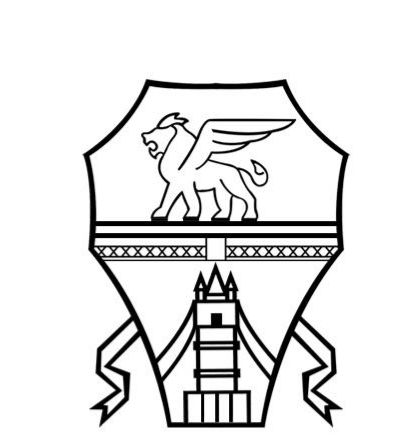Choosing the right template for your e-commerce portal is not to be underestimated: it must best represent your business, ensuring high performance and impactful graphics and design, aligned with your brand identity.
The e-commerce templates provide the structure to your site, allowing you to save time and work: in this way you can focus on customizing your online store, improving its design, identity and functionality.
Templates usually provide specific features for e-commerce portals such as a pre-built home page, the design of the category and product pages, and the structure of the navigation menu . It will be possible to update the colors, upload images, videos and sliders, insert the products and all the information about it by creating additional pages.
Are you looking for the perfect e-commerce hosting? Come and discover our Enterprise plan!
What are the advantages of using an e-commerce template?
Using a template saves time on the structure: precisely because the design already exists, you can concentrate on the actual creation of your site, skipping all the initial steps of defining and creating the structure.
Furthermore, the template allows you to save considerable development costs by guaranteeing by default a good starting point in terms of usability. Many templates are professionally designed and already incorporate user experience and best practices to ensure proper functioning for visitors .
Although the starting structure will be similar to many other sites that have chosen the same template, you can still better customize your e-commerce thanks to the colors, images and products.
What factors to consider when choosing an e-commerce template?
- Compatibility
Before choosing the template, make sure that there are no compatibility problems and that it integrates perfectly with the platform or CMS chosen and with the various tools you will use to create your e-commerce.
- Brand
The design of the template should reflect your vision and your business, clearly delineating your brand identity through, not only the products, but also the images and colors used in your online store.
- Responsive design
Almost all templates for online stores are mobile friendly: now most of the traffic comes from mobile and having a responsive site, especially from mobile, is essential. Before choosing the template, make sure it is actually responsive so that your e-commerce is optimized for each device without having to do extra work to adapt it.
- Basic features for e-commerce
The template must provide at least the basic functions of an e-commerce such as the structure of the product pages and the menu. In addition, it will need to be able to connect the software for processing payments, for the check-out process and for creating an account.
- Advanced features for e-commerce
The templates that also give the possibility to set advanced e-commerce features, such as recommendations for similar products, cross-sell or up-sell, and coupons are very useful: in this way it will be possible to increase sales.
- Room to expand
It is important to check if there is a limit to the number of pages on the site or to the products to be loaded: it is good to know in advance if the template will have a maximum expansion limit.
- Costs
Costs are a factor to take into consideration: the wide choice allows you to orient yourself on both free and paid templates. Unfortunately, free templates often include extra logos on the e-commerce portal, losing autonomy and power in terms of brands. The paid templates, on the other hand, offer features to make the site more powerful or easier to manage: a reasonable investment.
- Security and updates
E-commerce collects sensitive information and it is essential to ensure the safety of all users. That’s why the developers of various templates often release updates to fix security vulnerabilities, ensuring reliability and security for your online shop.
How to increase the security and trust of an e-commerce?
WordPress and WooCommerce: which themes to choose?
WordPress is the most popular CMS for building websites and WooCommerce is one of the most popular options for creating a winning e-commerce: here are some alternatives to choose the right theme for WooCommerce.
The best free themes
- Storefront
Storefront is one of the most popular free themes because it was made by the WooCommerce developers themselves, thus ensuring maximum compatibility. It is a responsive theme that provides essential features for an e-commerce such as the “most viewed”, “recently viewed” and “products on sale” sections.
- eStore
eStore is a ThemeGrill theme: it offers a minimalist design, many customization options to make your online store unique and excellent loading times.
- Astra
Astra is a rapidly growing theme which, thanks to the numerous templates to choose from, offers simplicity and high customization of e-commerce.
The best paid themes
- Divi
Divi is one of the best theme options, perfect for making your website without coding. Thanks to the Visual Builder you can work directly on the page viewed by users using the drag-and-drop function. Responsive and with over 160 ready-made website layouts, one of the biggest advantages is the ability to do automatic A / B test on call to action to see which one performs the most.
- Port
Porto is one of the most popular themes offering numerous drag-and-drop design elements such as call to action, FAQ, portfolio or countdown. The huge library of layouts available is perfect for finding the most suitable one, especially in the case of an e-commerce portal.
- Flatsome
It is another well-known theme for creating an e-commerce: optimized both in terms of sales and speed, the Visual Builder offers numerous design elements such as videos, sliders and portfolios. A positive aspect is the extreme customization of the product pages in all their parts, to better diversify the pages by giving a unique touch to each one.
The choice of the right template should not be underestimated for a performing e-commerce and, at the same time, in line with the brand identity.




